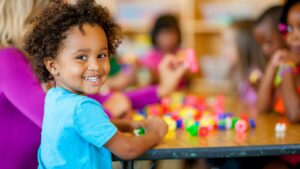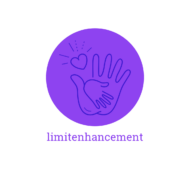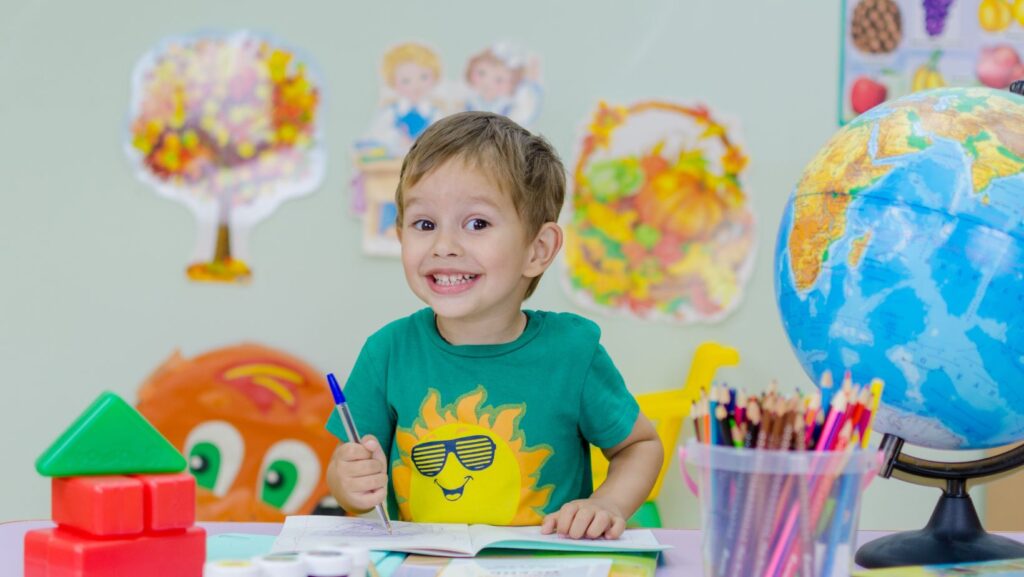Navigating the world of parenting can often feel like a voyage into uncharted territory. One question that frequently pops up is: how long is toddlerhood? It’s a phase marked by rapid growth and development, but its duration can be a bit of a mystery.
This article aims to shed light on the timeline of toddlerhood, a critical stage in your child’s life. We’ll delve into the milestones that define this period, providing a clearer picture of what to expect. So, whether you’re a new parent or an experienced one seeking more knowledge, let’s journey together into the fascinating world of toddlerhood.
Remember, understanding the length and stages of toddlerhood can help you better support your child’s development. So, buckle up for an enlightening exploration of this pivotal time.
How Long is Toddlerhood
Toddlerhood, a distinctive phase in a child’s growth, typically begins around the child’s first birthday and extends until the child is about three years old. This stage marks the transition from infancy to early childhood. It’s a span of about two years, although experts highlight that individual differences may slightly extend or compress the timeline. For instance, the American Academy of Pediatrics states that the toddler age can extend up until four years old in some cases.
Developmental Milestones
 The toddlerhood phase engulfs numerous developmental milestones. Chief among these is the change from dependence to striving for independence. Toddlers start walking, talking, and asserting themselves, exploring their environment freely and test their boundaries.
The toddlerhood phase engulfs numerous developmental milestones. Chief among these is the change from dependence to striving for independence. Toddlers start walking, talking, and asserting themselves, exploring their environment freely and test their boundaries.
Motor-skill advancements become particularly notable during toddlerhood. By their second birthday, most toddlers can usually walk unassisted, kick a ball, and start engaging in simple physical tasks, as noted by the Centers for Disease Control and Prevention (CDC).
Speech and language development also intensify in toddlerhood. Toddlers begin to form basic sentences, improve their vocabulary, and start understanding complex instructions. Increased social interaction often accompanies these linguistic strides—toddlers become more aware of others, recognizing familiar faces and showing more curiosity about others around them.
Emotional and cognitive development, though less noticeable, are not any less significant. Toddlers begin to recognize their emotions and express them more explicitly. They also develop the capacity for simple problem-solving, their attention spans expand, and interest in playing with toys and peers increases.
So, while toddlerhood lasts about two to three years, it’s filled with a rapid, broad range of developmental progress, making it an important phase and subject of understanding for parents and caregivers alike.
Factors Influencing the Duration of Toddlerhood
Physical Growth Patterns
Physical growth affects the timeline of toddlerhood. An early bloomer tends to pass through toddlerhood quickly, while another one might linger in that phase. Growth patterns often signal the onset and progression of toddlerhood. For instance, the advent of motor skills, such as walking or running, typically reflects readiness for toddlerhood. Notably, aside from genetics, parameters such as nutrition, health, and physical activity can also impact a child’s growth trajectory, possibly altering the duration of toddlerhood.
Cultural Variations in Defining Toddlerhood
Cultural distinctions greatly impact the conceptualization and duration of toddlerhood. Variances not just in caregiving styles, but also in societal norms, cultural values, and environmental conditions factor into the understanding of toddlerhood across diverse cultures.
Cognitive and Emotional Development
 On the cognitive and emotional front, these aspects pose significant influences on the duration of toddlerhood. Cognitive development typically refers to progress in language skills, problem-solving abilities, and memory. Children developing these skills at an accelerated pace may segue out of toddlerhood early. Conversely, those who take longer could stay in this phase for an extended period. Emotional development, denoted by the expression and understanding of emotions, also plays an instrumental role. Awareness of these factors doesn’t merely enhance understanding of children’s developmental trajectories. It equips caregivers with the requisite tools, fostering effective support and nourishment of a toddler’s different facets of growth. From fostering self-confidence through mastery of new skills to nurturing emotional resilience, awareness of developmental markers empowers caregivers to advocate for their child’s overall growth.
On the cognitive and emotional front, these aspects pose significant influences on the duration of toddlerhood. Cognitive development typically refers to progress in language skills, problem-solving abilities, and memory. Children developing these skills at an accelerated pace may segue out of toddlerhood early. Conversely, those who take longer could stay in this phase for an extended period. Emotional development, denoted by the expression and understanding of emotions, also plays an instrumental role. Awareness of these factors doesn’t merely enhance understanding of children’s developmental trajectories. It equips caregivers with the requisite tools, fostering effective support and nourishment of a toddler’s different facets of growth. From fostering self-confidence through mastery of new skills to nurturing emotional resilience, awareness of developmental markers empowers caregivers to advocate for their child’s overall growth.

